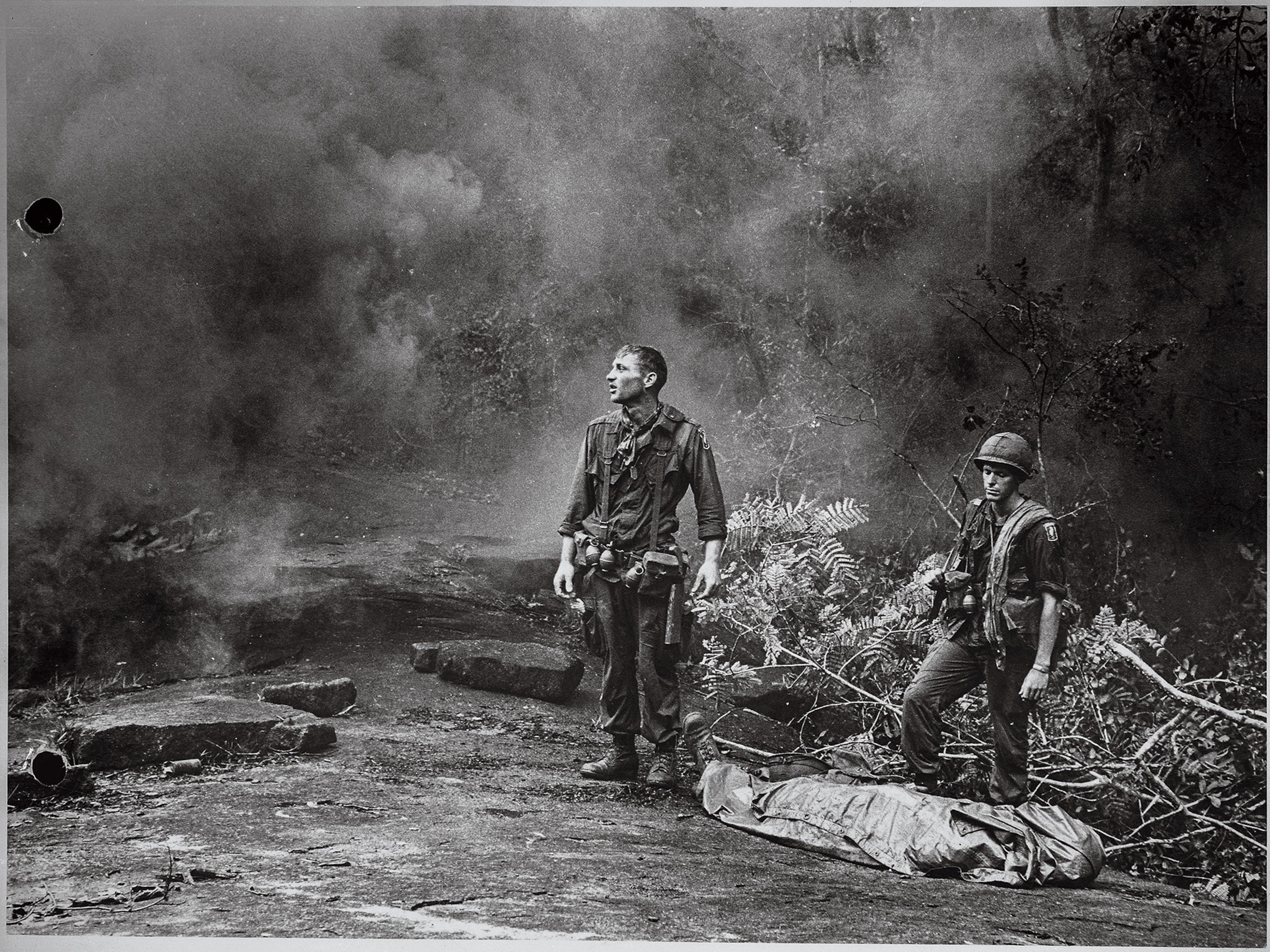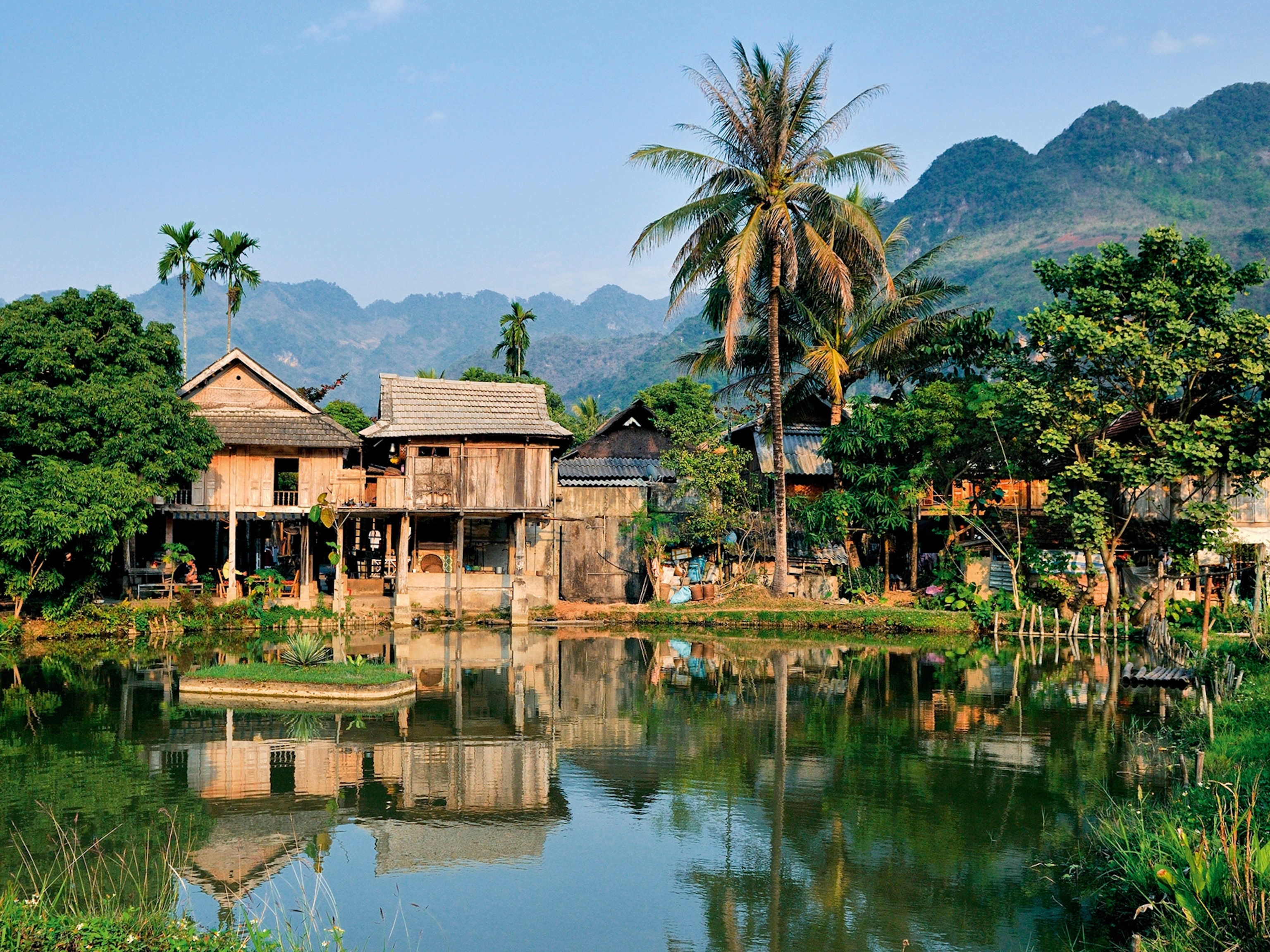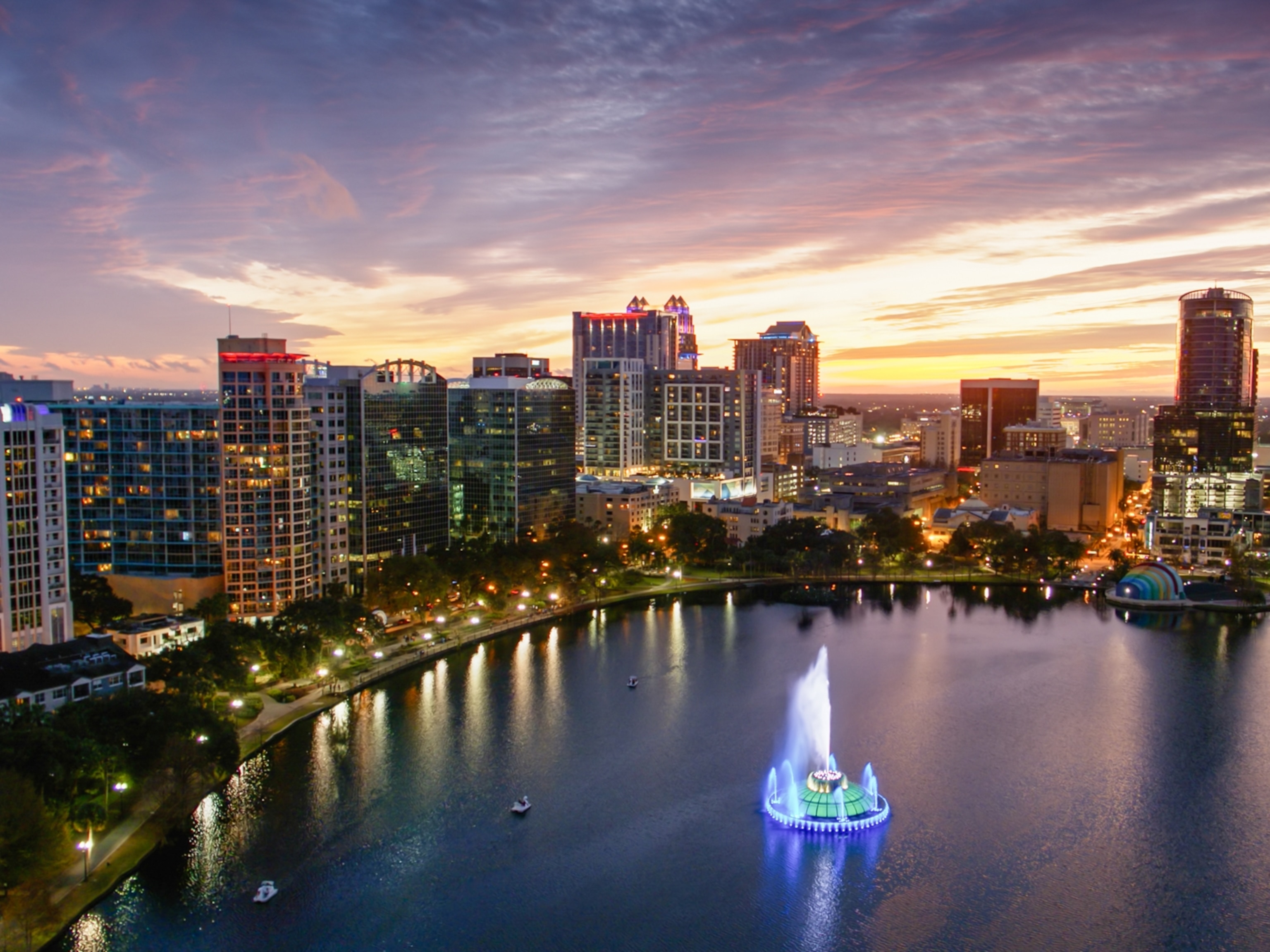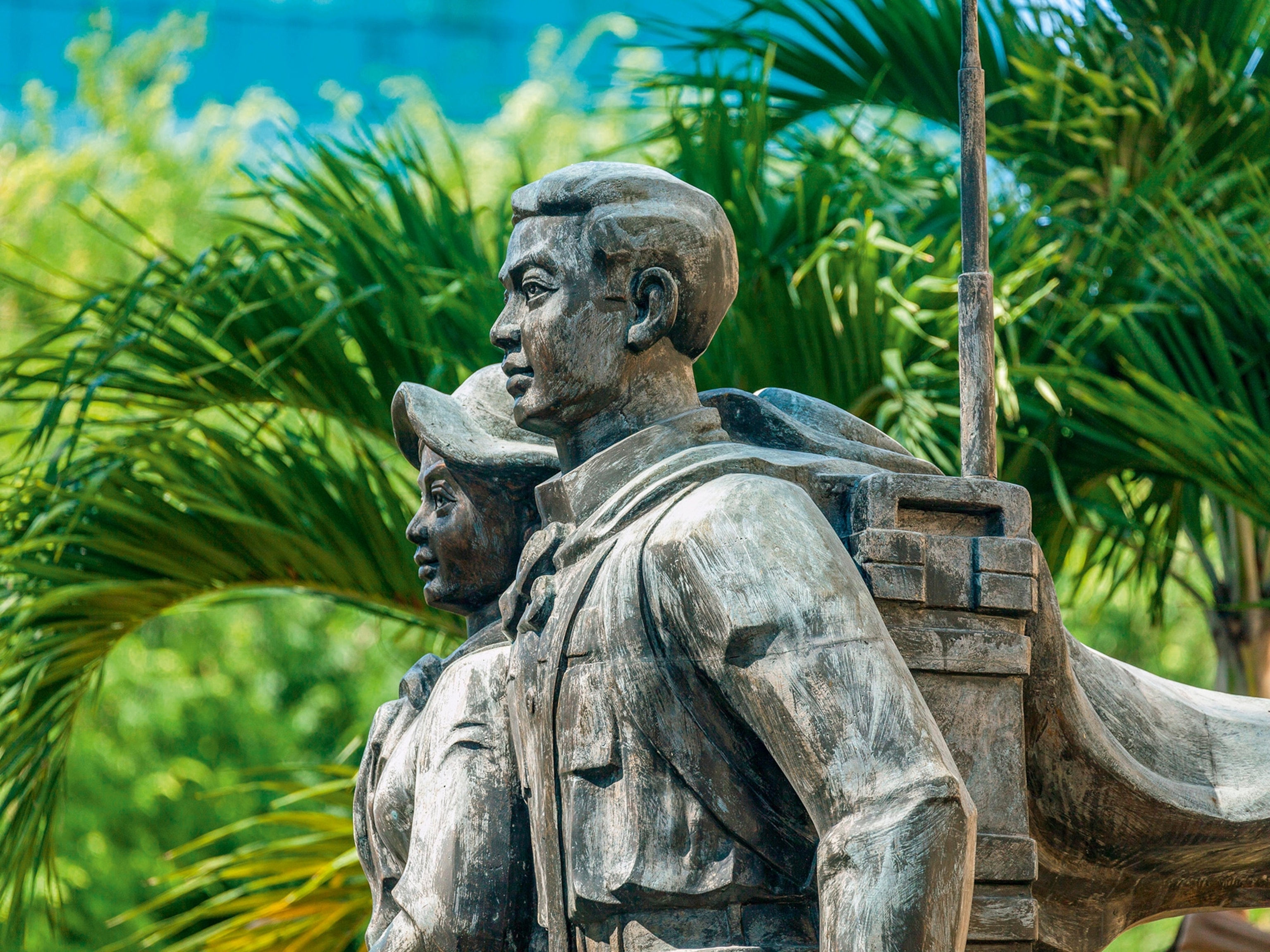
Growing Up Geographic
This post was originally published in March 2015. We’re resurfacing it as part of our #ThrowbackThursday effort to give some love to our favorite posts. —The Proof Team
Imagine this: You’re 11 years old, clambering up a steep passage on an Alaskan gold rush trail, accompanied by your big brother, your mother, a massive Saint Bernard, and your father, who just happens to be a National Geographic photographer and editor. It’s 1964, and most of the world will never see a picture of Skagway, Alaska, except for the photographs that will be published in the magazine. It was a golden era for photography—much of the world was still unseen by the general public—and the iPhone wasn’t even a glimmer in Steve Jobs’s eye.
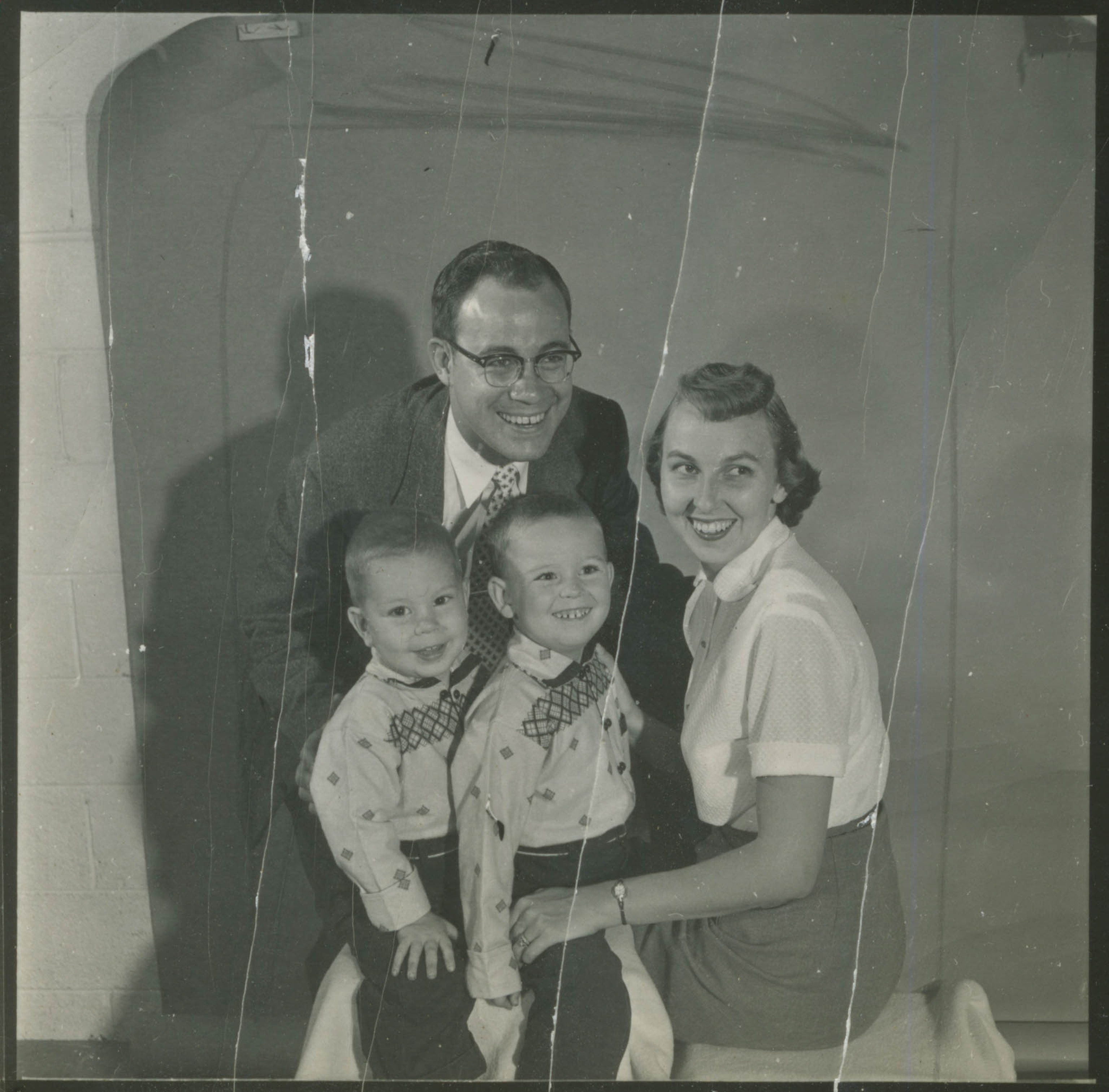
This is a true story, and Kenneth Garrett lived it. His father, W.E. Garrett, worked for National Geographic from 1954 to 1990. When Ken was in our offices a few weeks ago, I sat down with him and asked about his memories of the Geographic and his family.

As we’re talking, something strikes me as remarkable—Ken tells me that dinners at his house growing up included guests such as David Alan Harvey, Thomas Nebbia, John Morris, Bill Eppridge, and John Launois. They were the brightest photographers of the day.
Ken says that it was a “discussion group of photography around the dining room table, virtually all the time. Mom was furious with my dad half the time because he’d be at the office working and he’d say to someone, ‘Hey, why don’t you come to the house for dinner,’ and then he’d call Mom and say, ‘We’re on our way.’ This was before cell phones, so she had to scramble around and cook something for dinner.” A little jealousy starts to bubble up inside me as he describes these seemingly spontaneous chats.
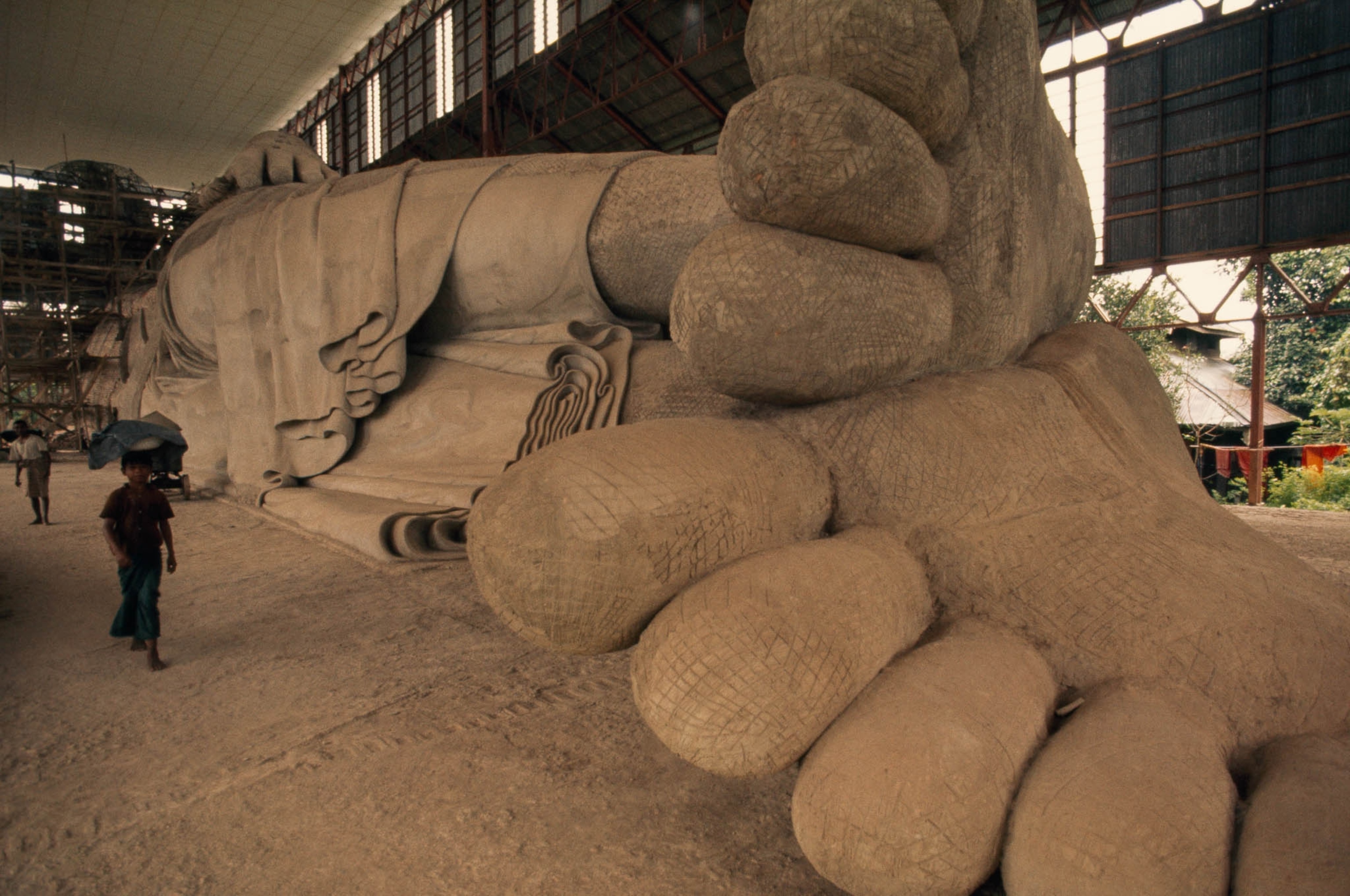
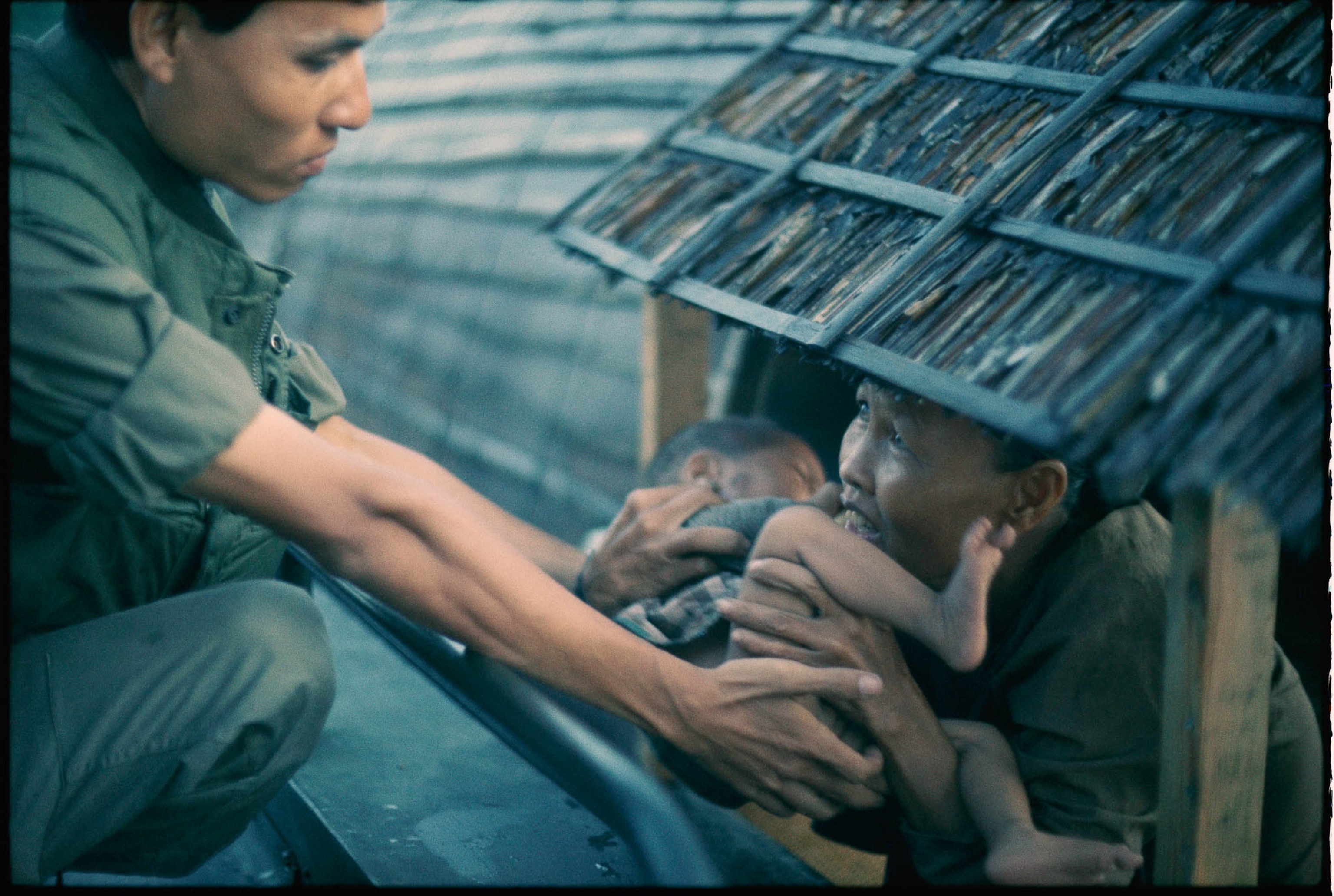
Even though his father was a world-class photographer—he won Photographer of the Year in 1968 for his Vietnam War coverage—much of what Ken learned about photography came via his father’s famous photographer friends.
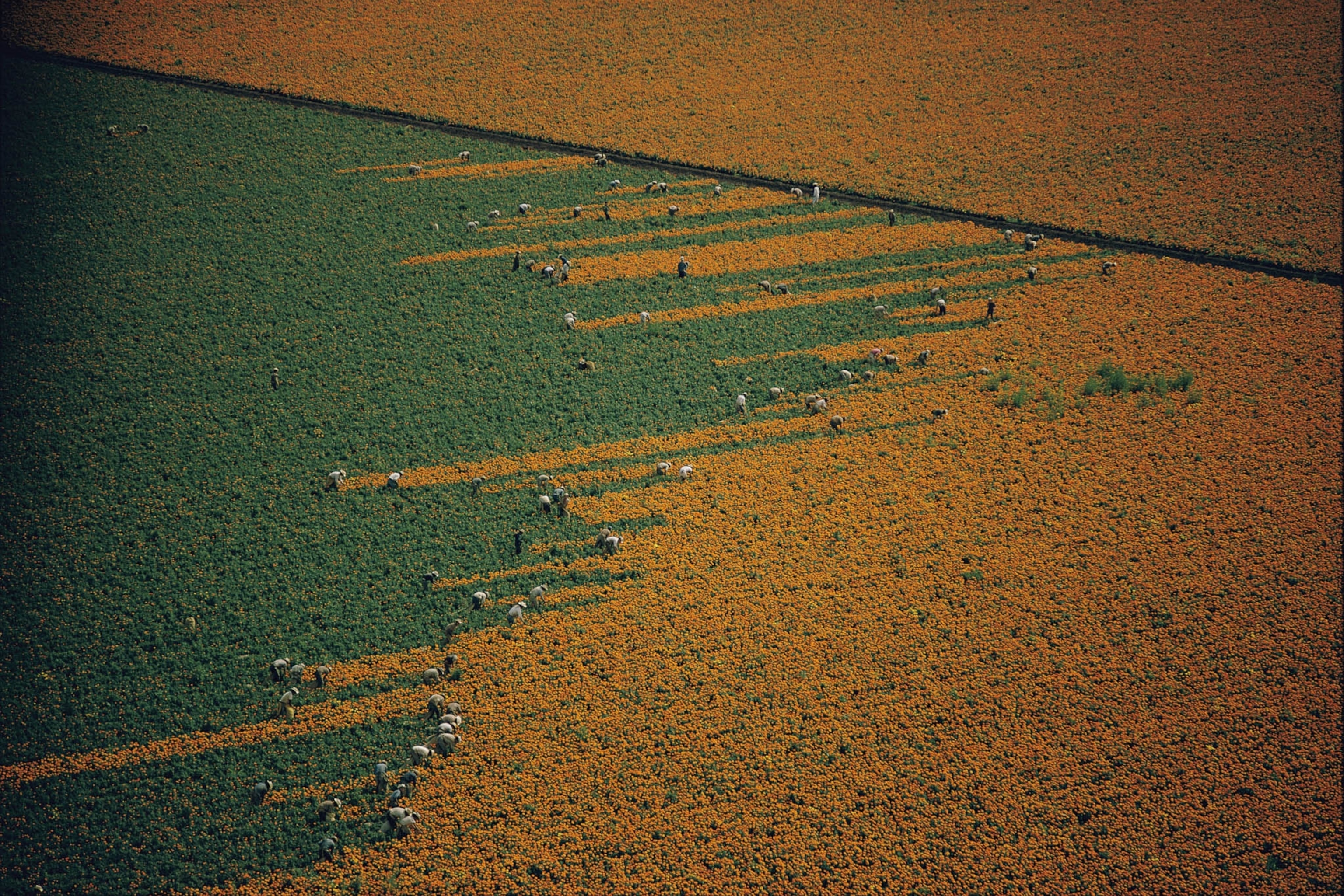
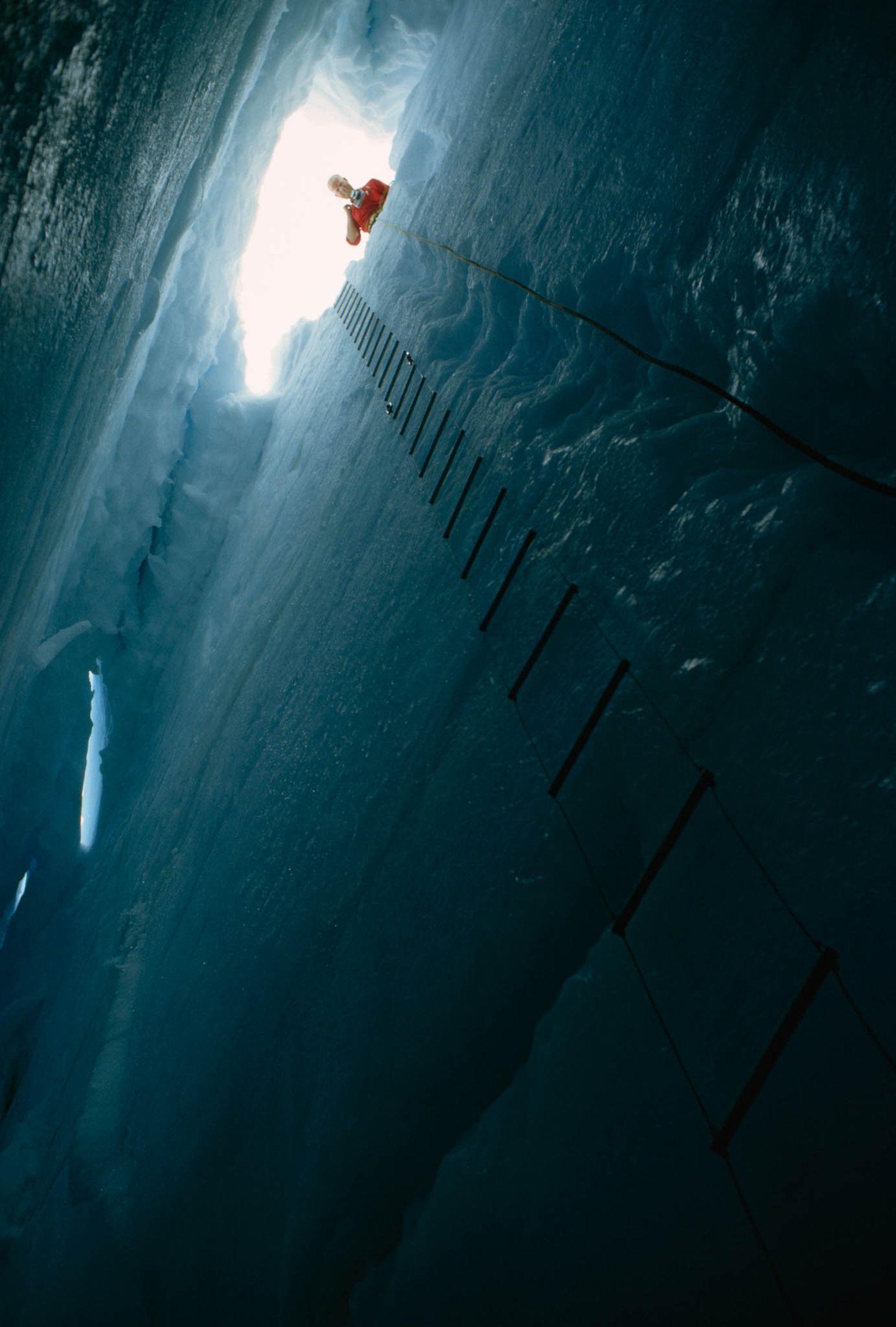
“Dickey Chapelle was one of my dad’s colleagues from Vietnam—a female war correspondent in the early ’60s, and I got my first camera when I was in the fifth grade. So here I am, 11 years old, and she’s teaching me all about composition and the rule of thirds.”
Although his father exposed him to the potential of photography, he warned his son against choosing it for a profession. Ken remembers, quoting his father, “He said, ‘It’s a terrible business, do something else. Whatever you do, don’t become a photographer.’” Ultimately, he went against his father’s advice and gave into his own fascination. Since the 1970s, Ken has been covering ancient cultures, artifacts, and archaeological dig sites for National Geographic magazine.
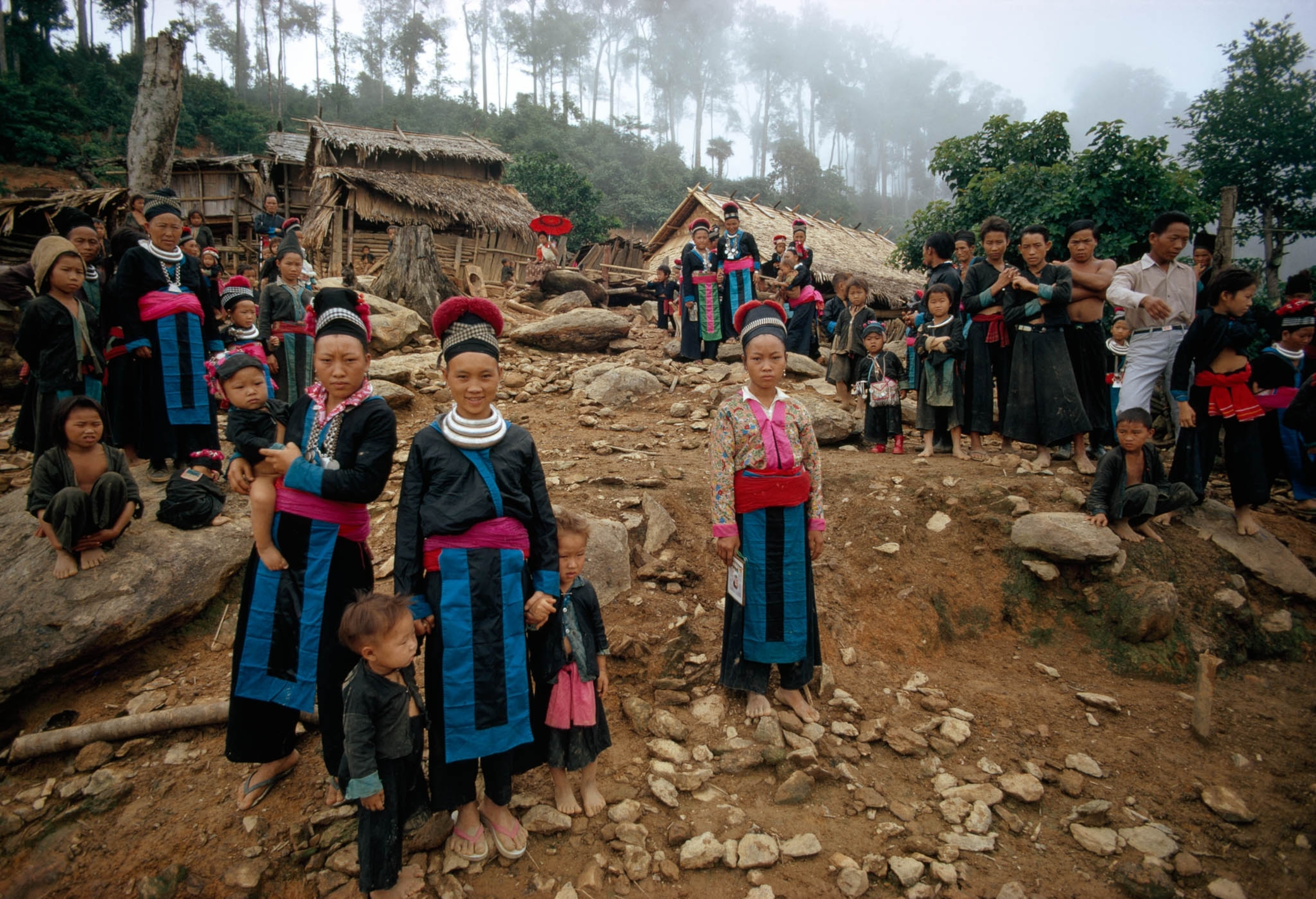
Still, many of his dad’s philosophies have stuck with him throughout his career. Ken tells me that his father coined the phrase “F8 and be there,” which plays off the idea that if you put yourself in “the right place at the right time, all you have to do is push the button.” But for Ken, photography means more than that—it’s about retracing history. Now, when he’s photographing the sarcophagus of King Tut, a fertility idol in Mexico, or a landscape of Trajan’s column, Ken says he views photo stories a bit differently than he did as a young boy.
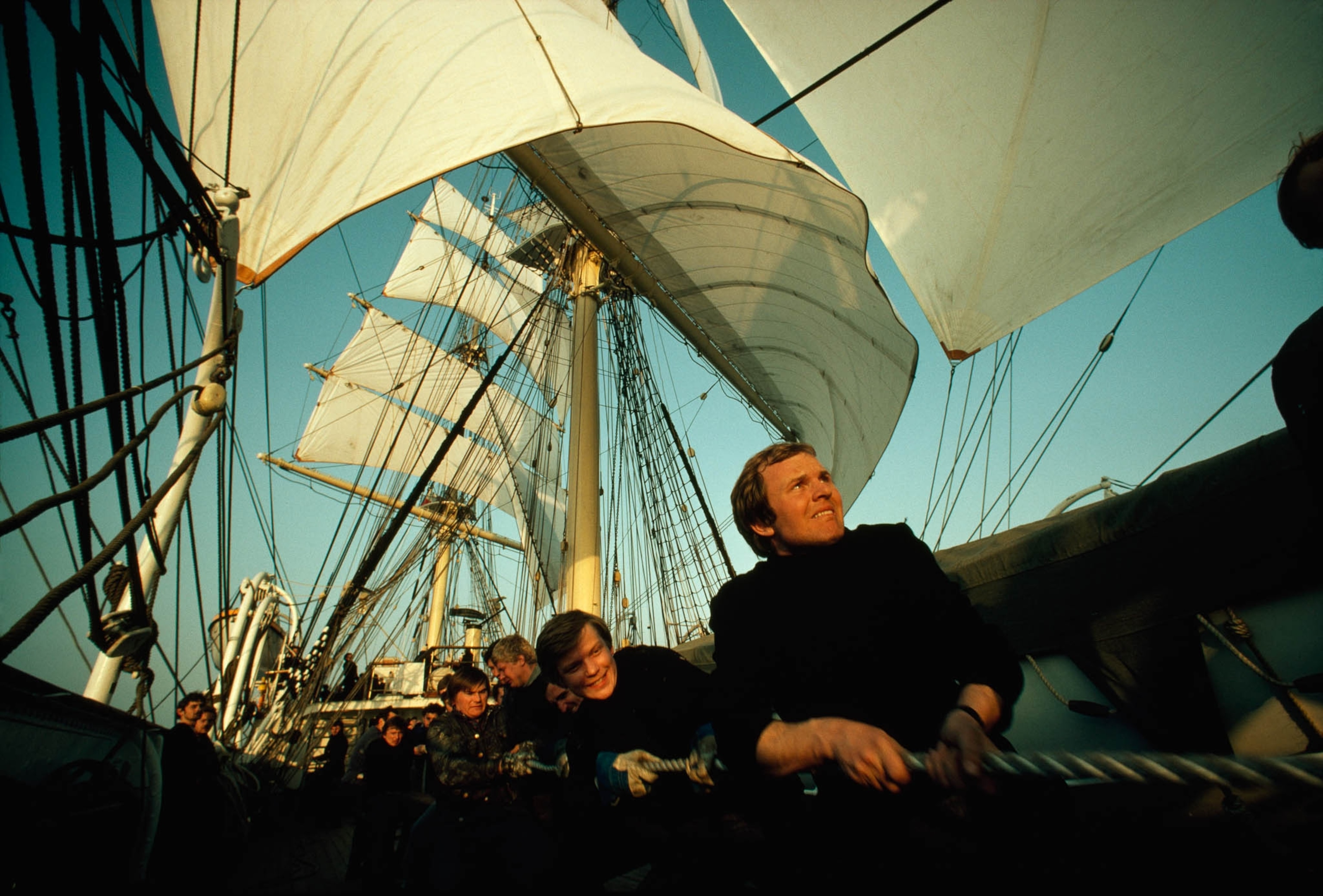
“I grew up thinking that a good Geographic story would be like riding your bicycle down the Pan-American Highway. Of course, I quickly learned that you can’t ride your bicycle that far and actually do a story at the same time. I saw photography as a tool for exploring, and then, as I got more into it, it became a tool for telling the story of the origins of civilization, which is my passion.”
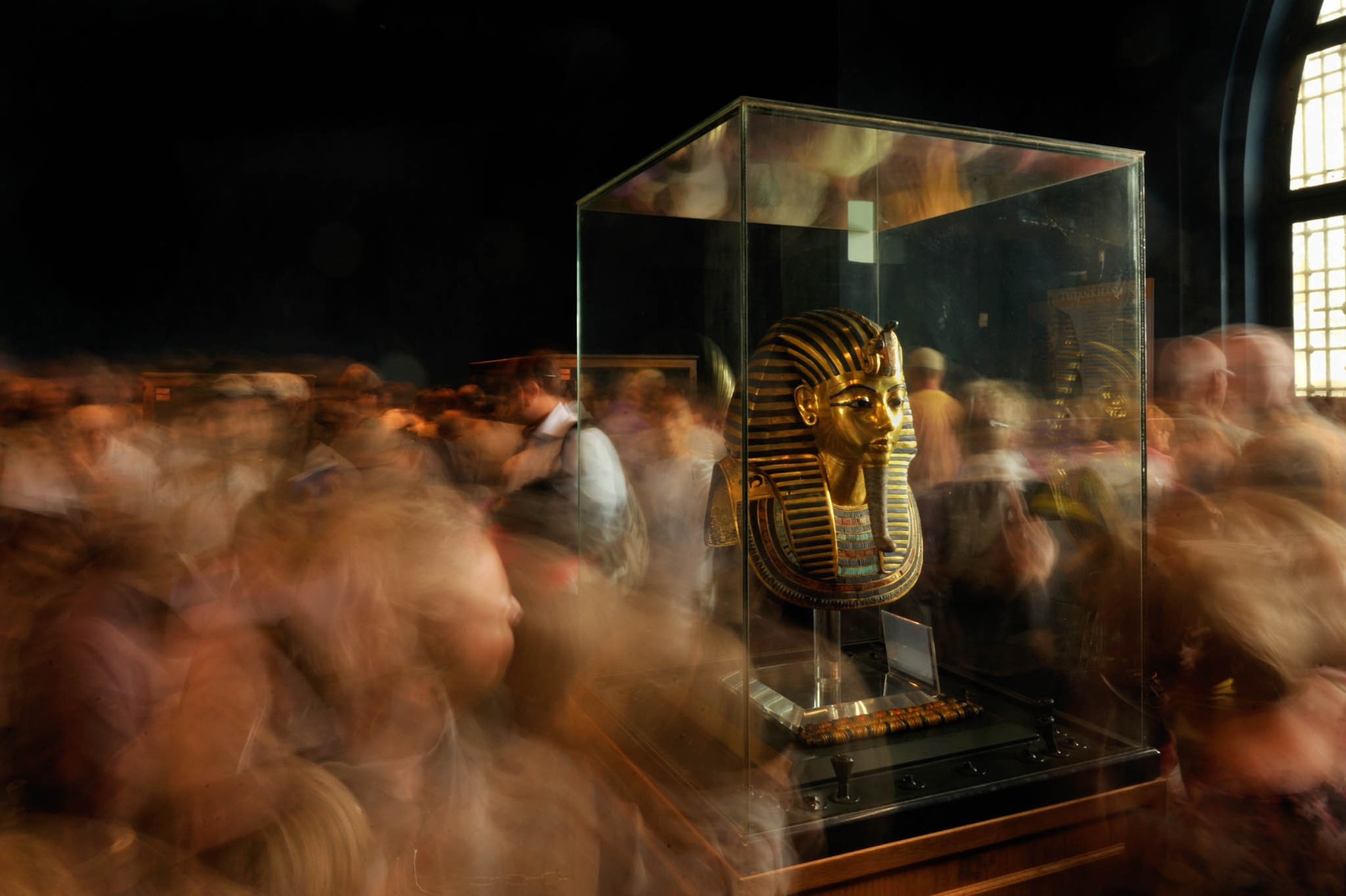
There are many roads that lead to a career in photography. While I wouldn’t want to give up my smartphone just yet, part of me does wish I could go back to 1964.
View more of Ken Garrett’s work on his website.


